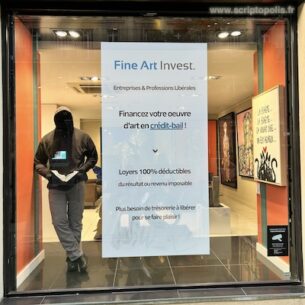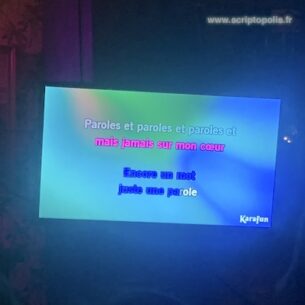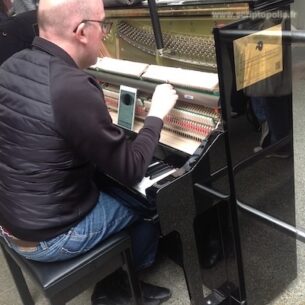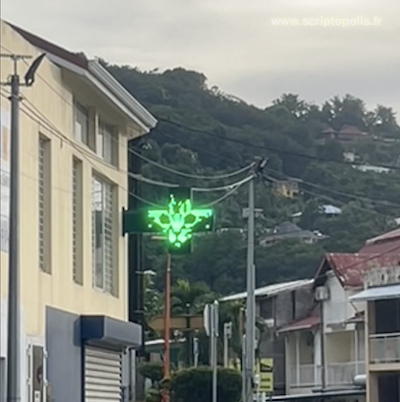Ruse
The green Greek cross, set out like a flag several metres above the ground, is a graphic identity that has become established in many countries as a way of signalling to passers-by the proximity of a pharmacy in the public space. In recent decades, the cross has been illuminated by light-emitting diodes, bringing the electricity that was originally restricted to cinema posters, theatres and shop windows to more ordinary shops. Illuminated signs can be seen from dozens of metres away, even in the dark, in bad weather or at night when the pharmacy is on call.
Companies specialising in neon, Plexiglas and LED bulbs have contributed to the extension of what Philippe Artières calls the ‘capitalist writing programme’, renewing the overlooked professions involved in sign design: sales representatives, draughtsmen, metalworkers, fitters and blowers. In so doing, these companies played a part in redefining the perception of the urban environment, anticipating interactions based on the ecological properties of the object and the actions of the passers-by they were observing. The date, time and temperature were added along the horizontal arm of the cross, objectifying the environment and momentarily collectivising its perception. The luminous green cross was then linked, via the Internet, to pharmacists’ telephones and computers, enabling more sophisticated programmes to be used to increase the display possibilities.
This is how you can intermittently see a cat’s head along this coastal road, indicating that the pharmacy also sells pet medicines. This ruse in the landscape allows tourists, for example, who become infatuated with wild or abandoned animals while on holiday on the island, to ease their conscience by temporarily taking care of their new friend.







